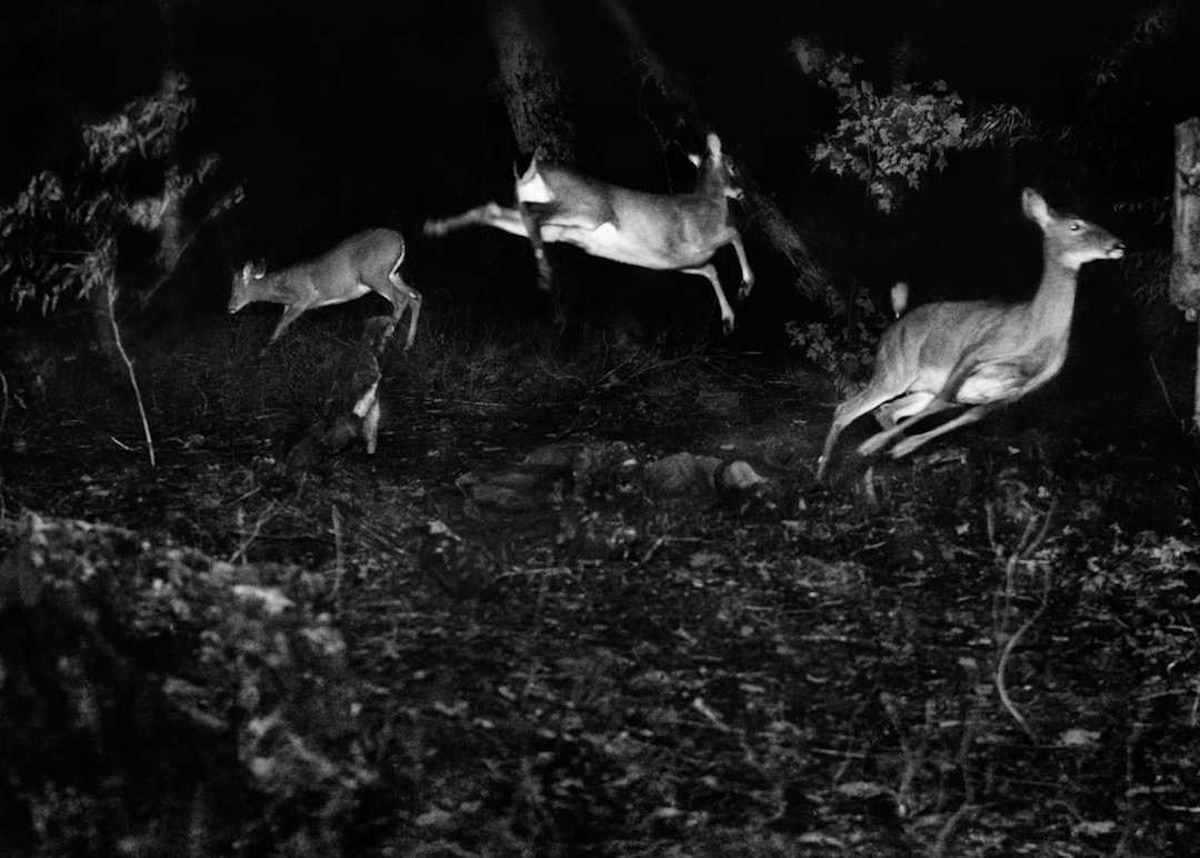
George Shiras (1859 – 1942) began photographing in 1889, and was the first to use camera traps and flash photography when photographing animals. Shiras, a lawyer who became a politician, borrowed a hunting technique he learned from the Ojibwa tribe called jacklighting, when fire is placed in a pan at the front of a canoe, and the hunter sits in the bow of the boat. Shiras replaced the fire with a kerosene lamp.
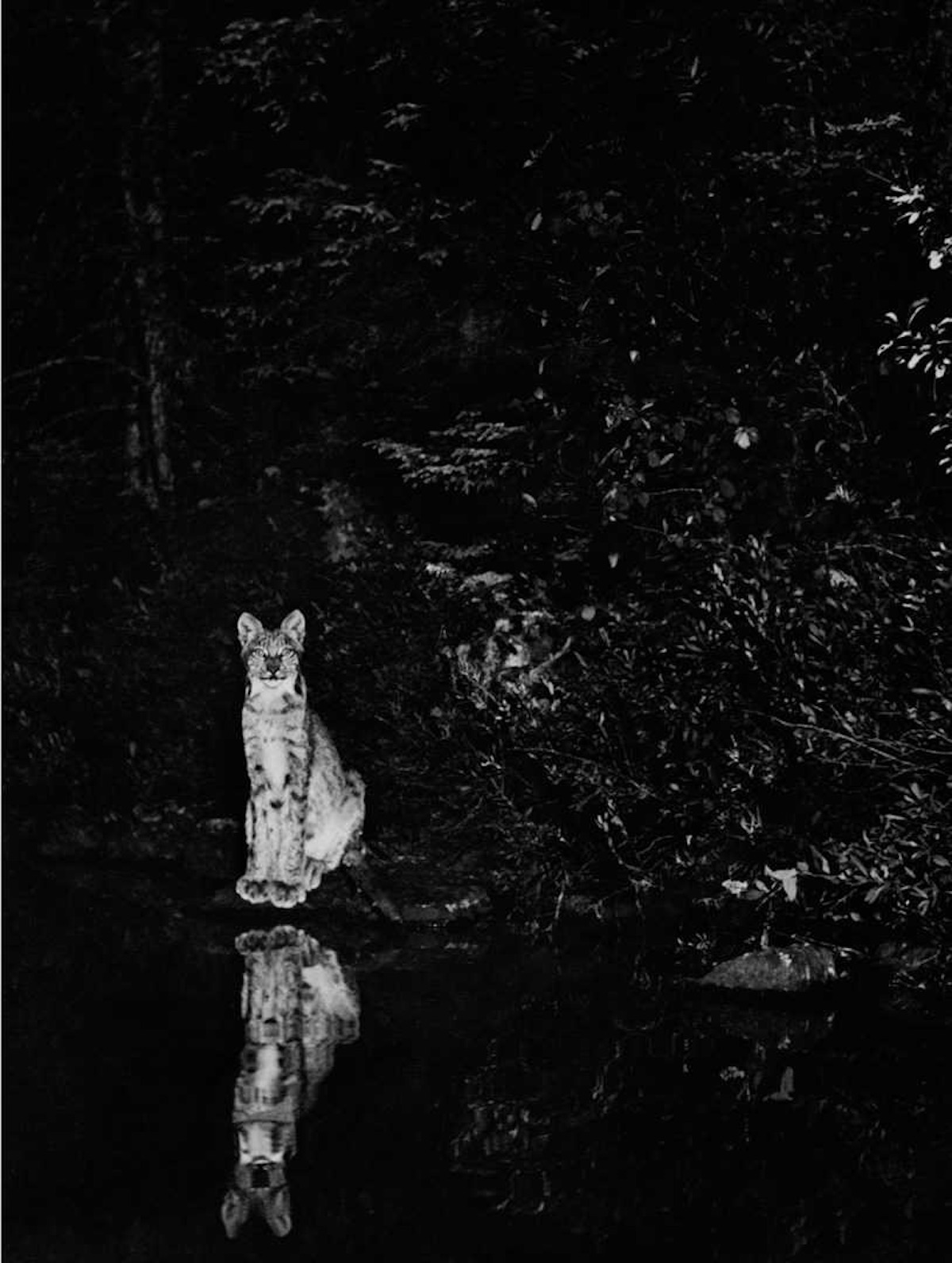
In 1906 National Geographic magazine published 74 of his photographs, and in 1928, Shiras donated 2,400 of his glass plate negatives to the Society.
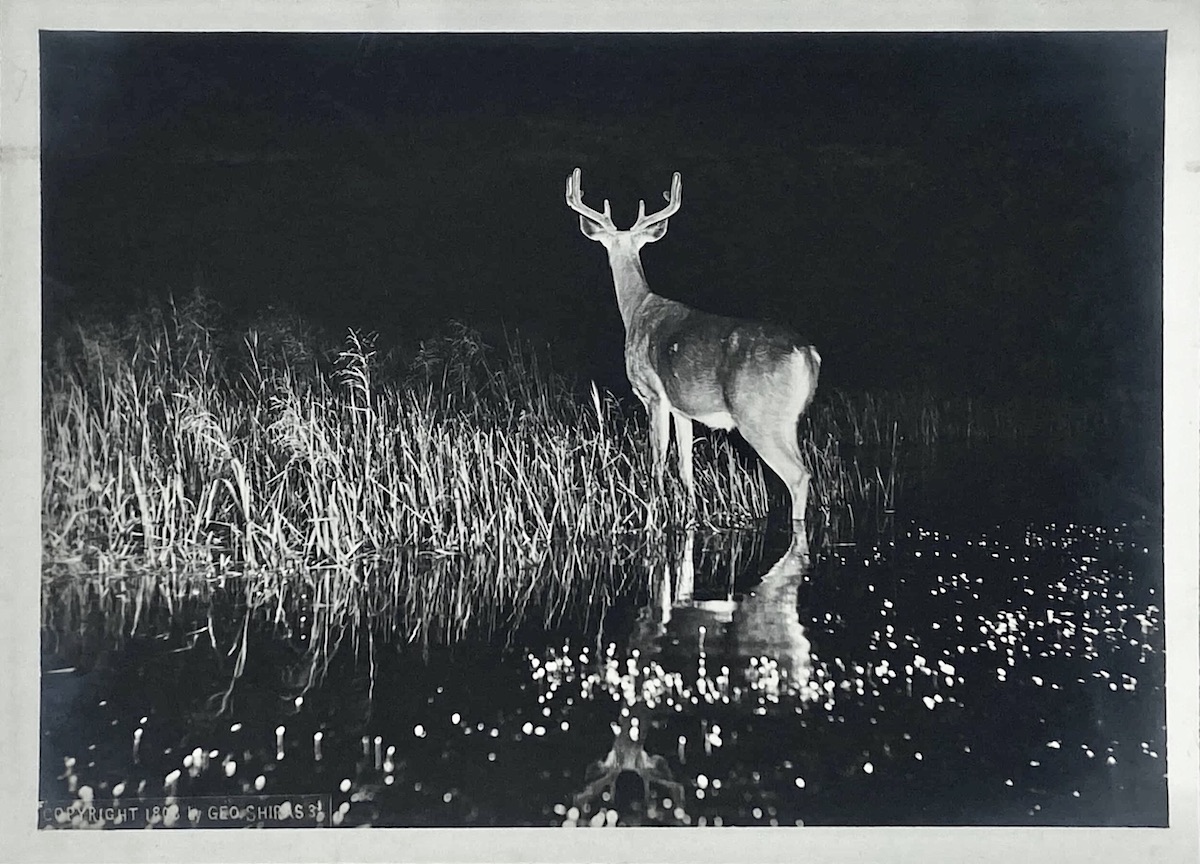
George Shiras was born in 1859 in Allegheny, Pennsylvania, and had a passion for hunting while growing up. He was working as a lawyer and politician when he began photographing wildlife, and went on to dedicate his life to photographing animals in Michigan and the area surrounding Lake Superior. He became an ardent protector of wildlife and initiated the creation of several national parks and refuges.
To photograph animals far from the shoreline, Shiras set up camera traps using suspended string or rope that, when disturbed, triggered a flash and a remotely controlled camera that Shiras developed using a complex systems of wires. Shiras called this method flashlight trapping.
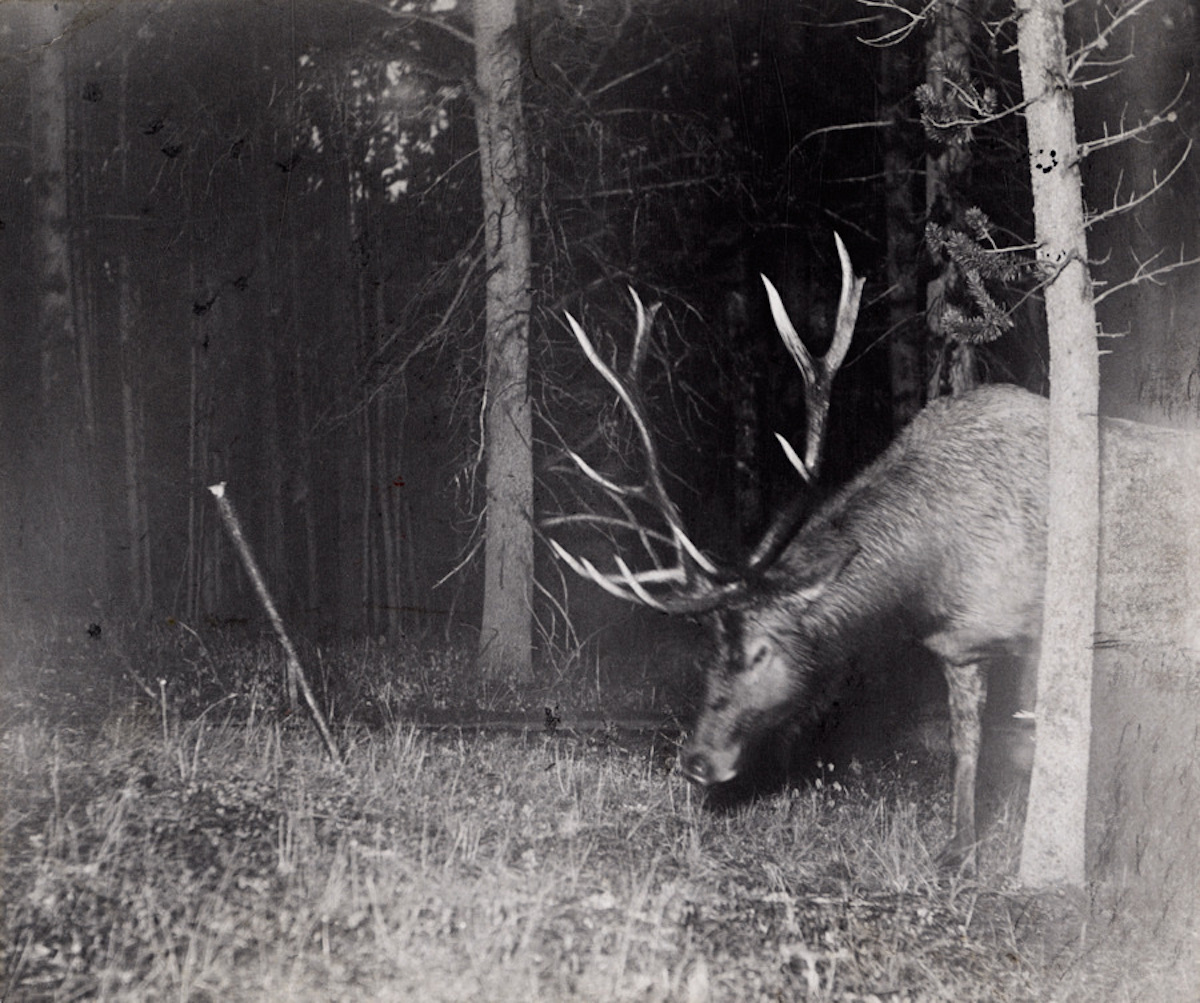
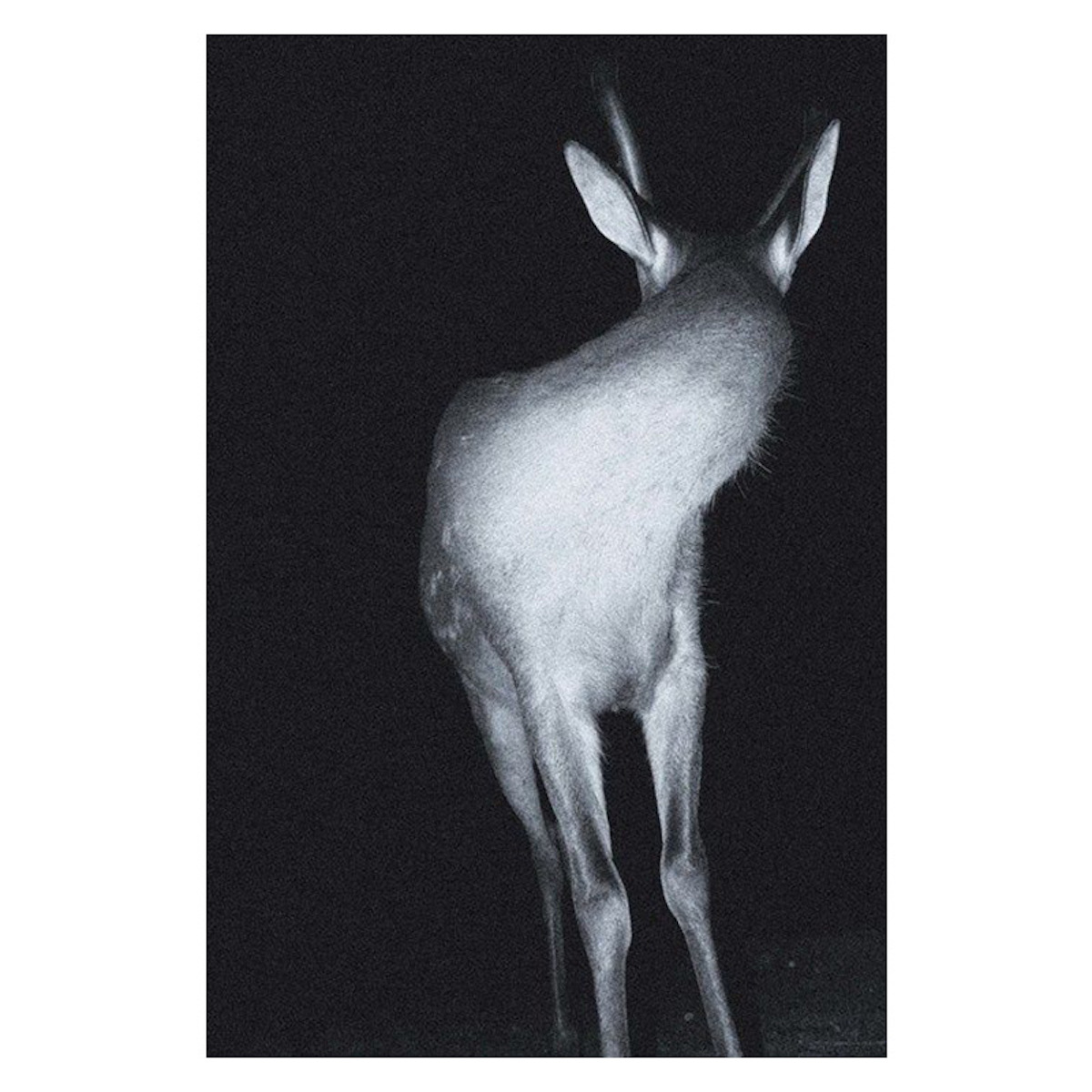
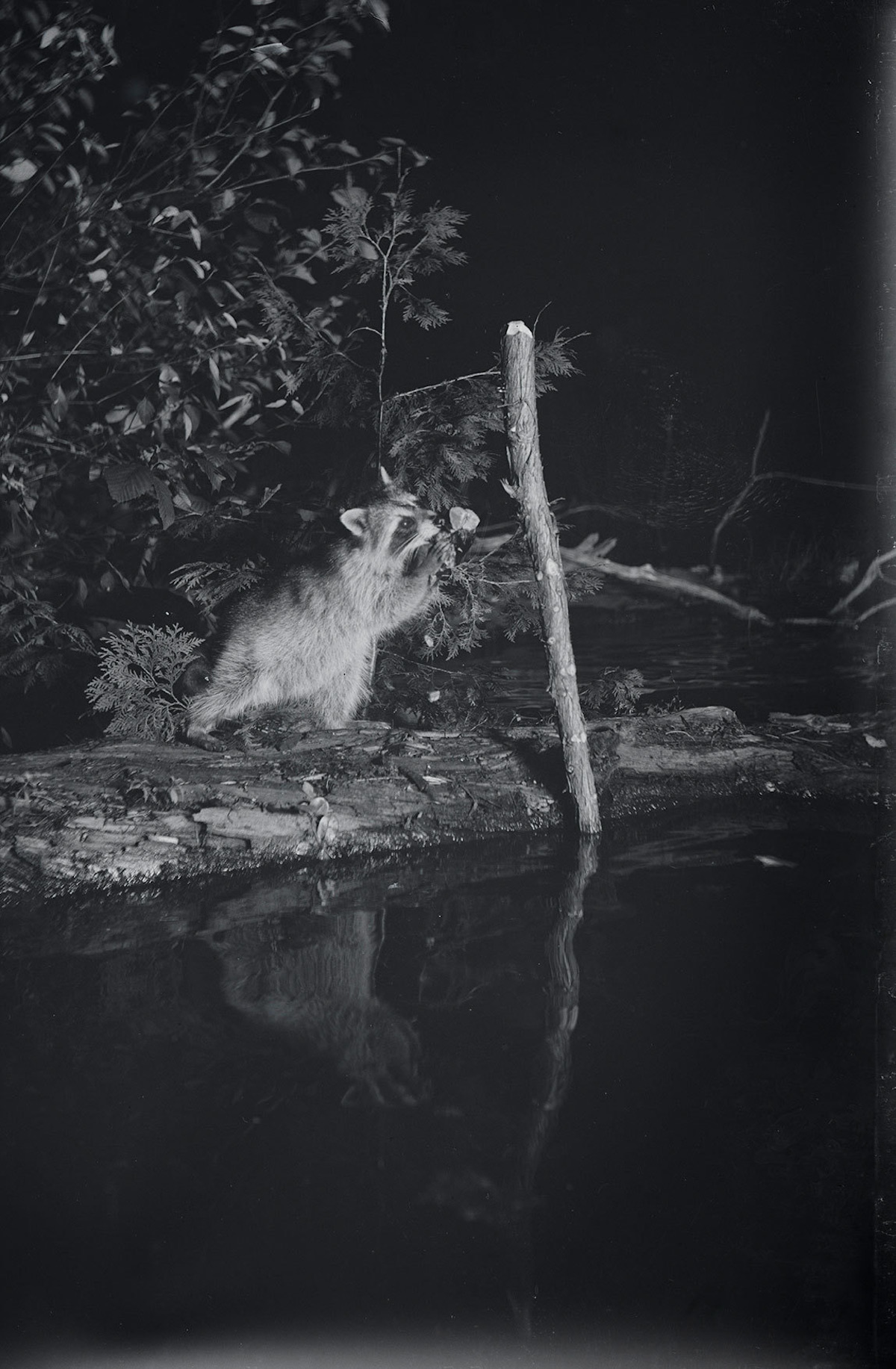
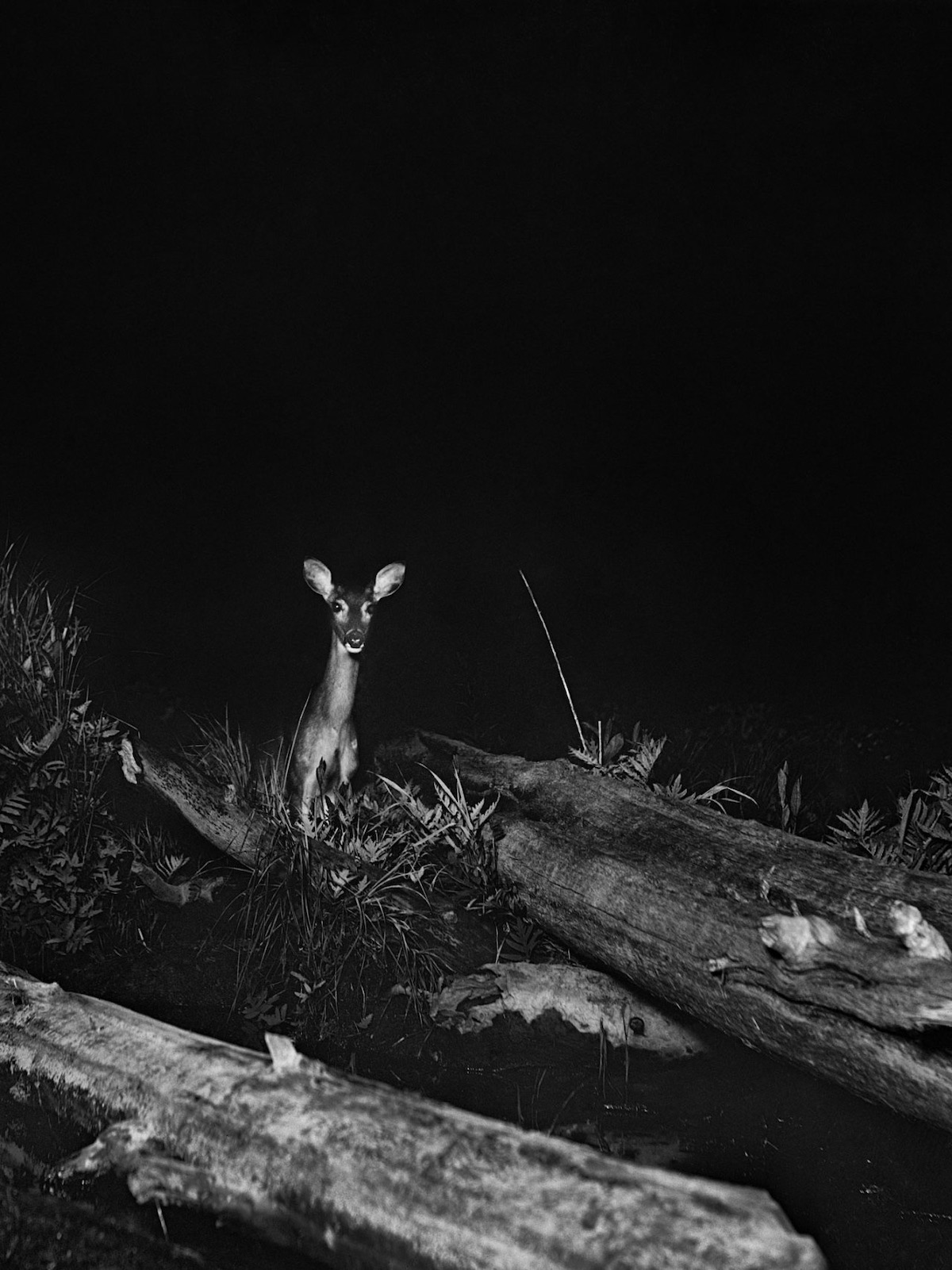
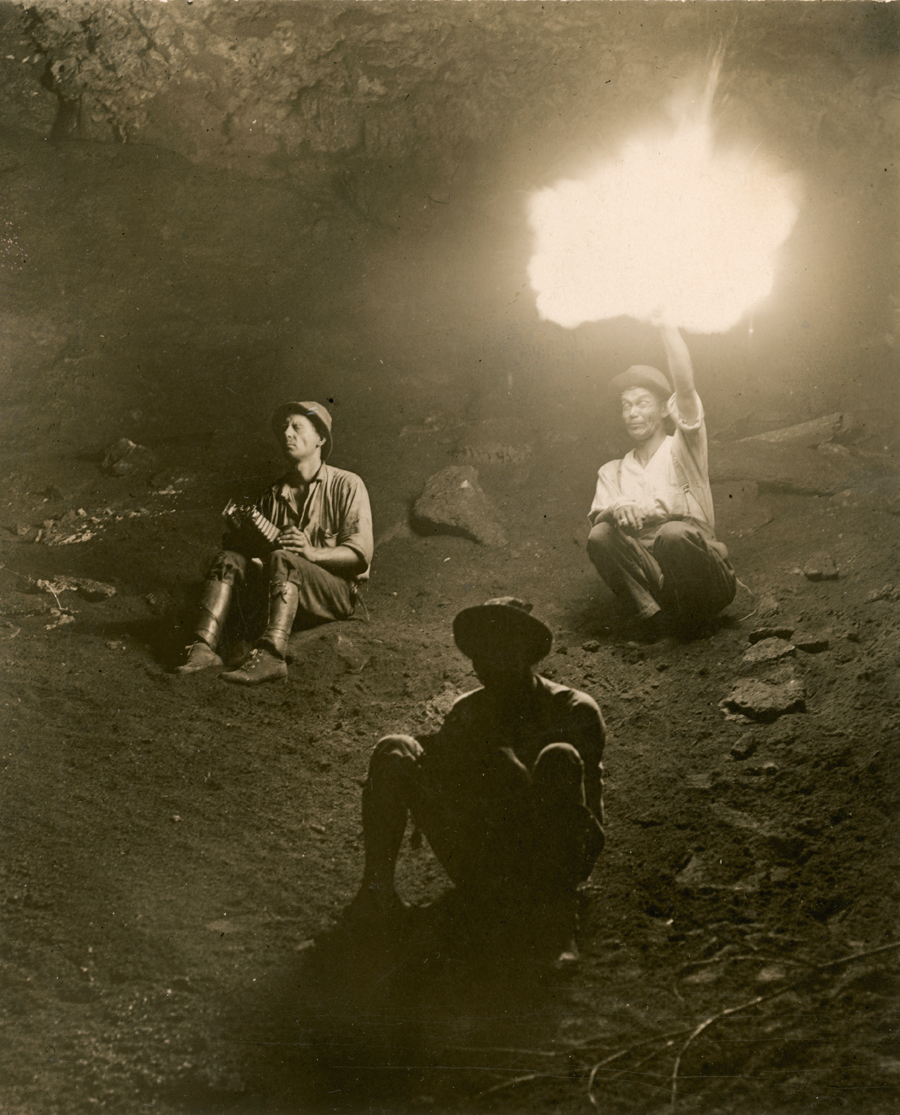
Three scientists sit inside a fire lit bat cave in Panama, August 1915. Photograph by George Shiras, National Geographic, 25 June 2014
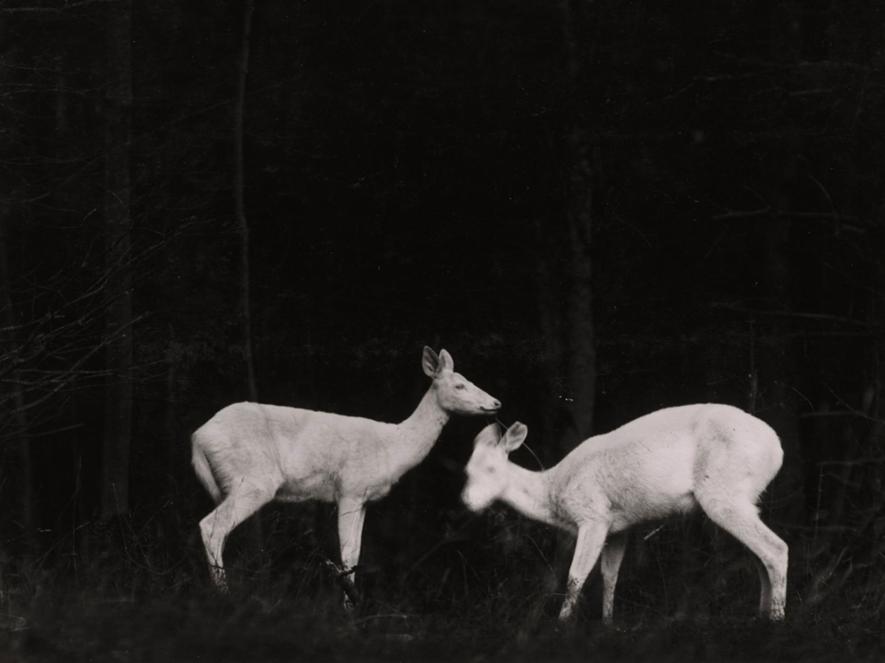
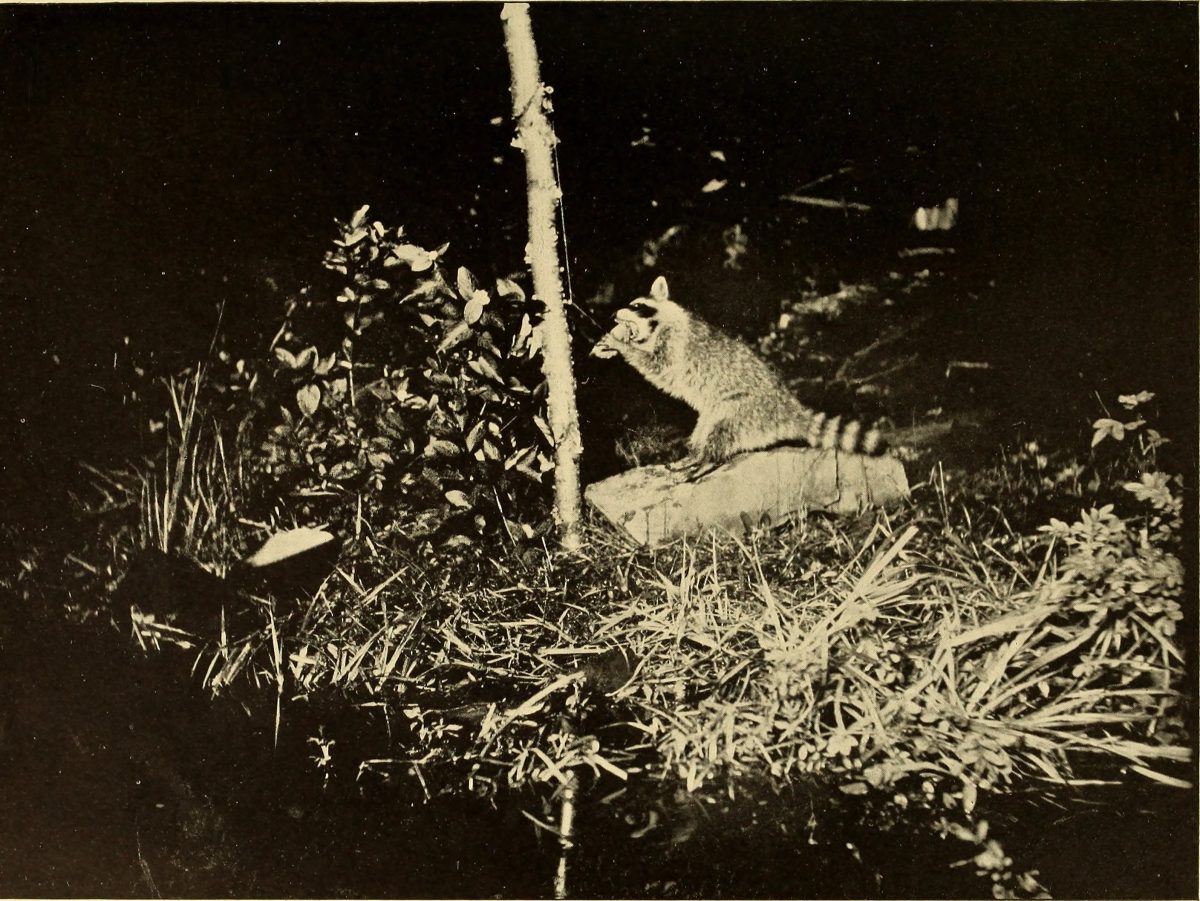
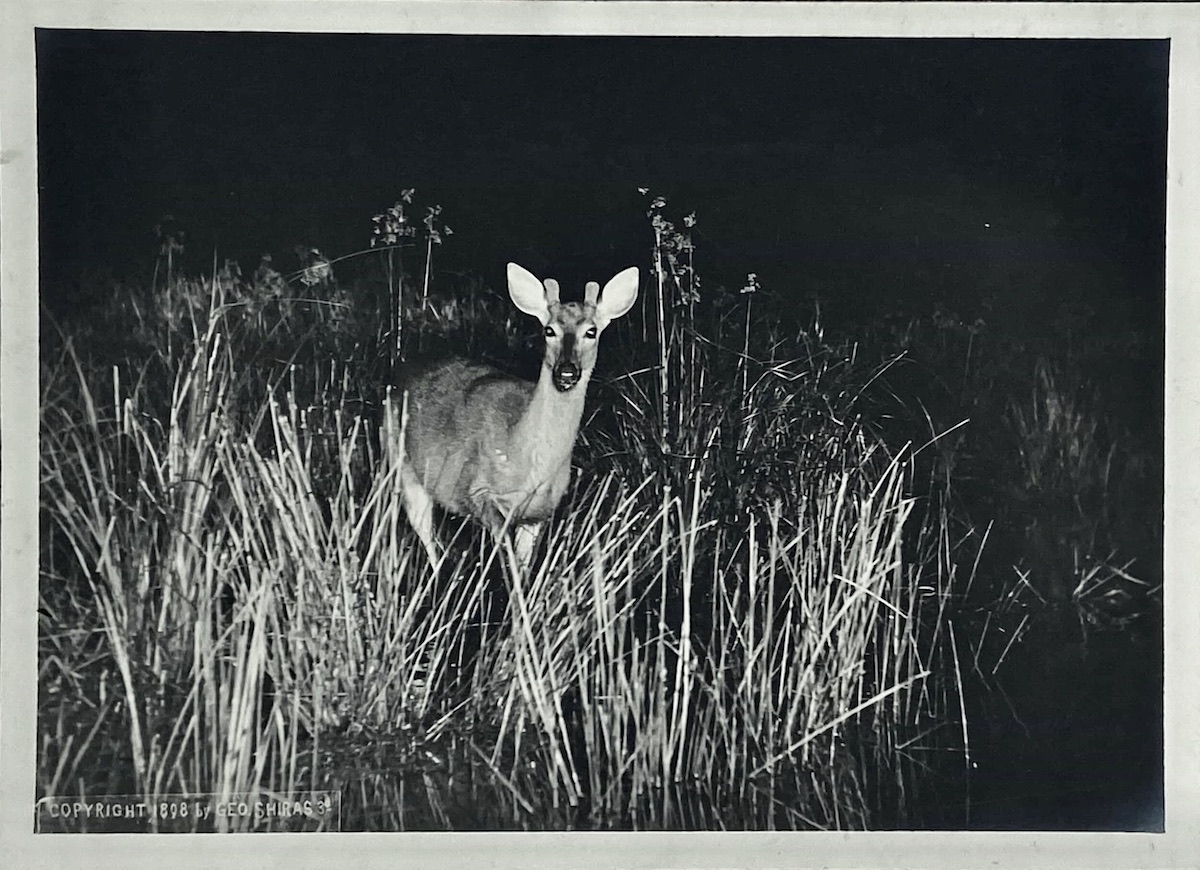
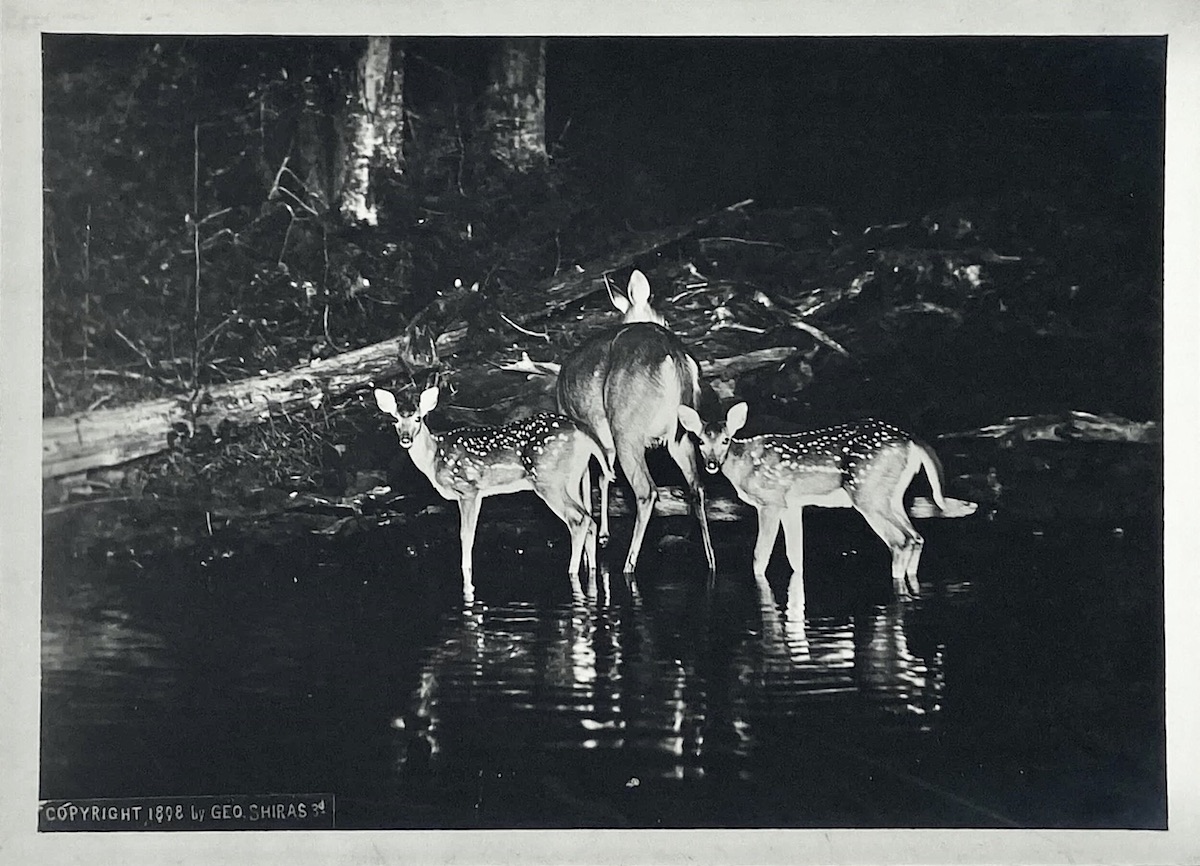

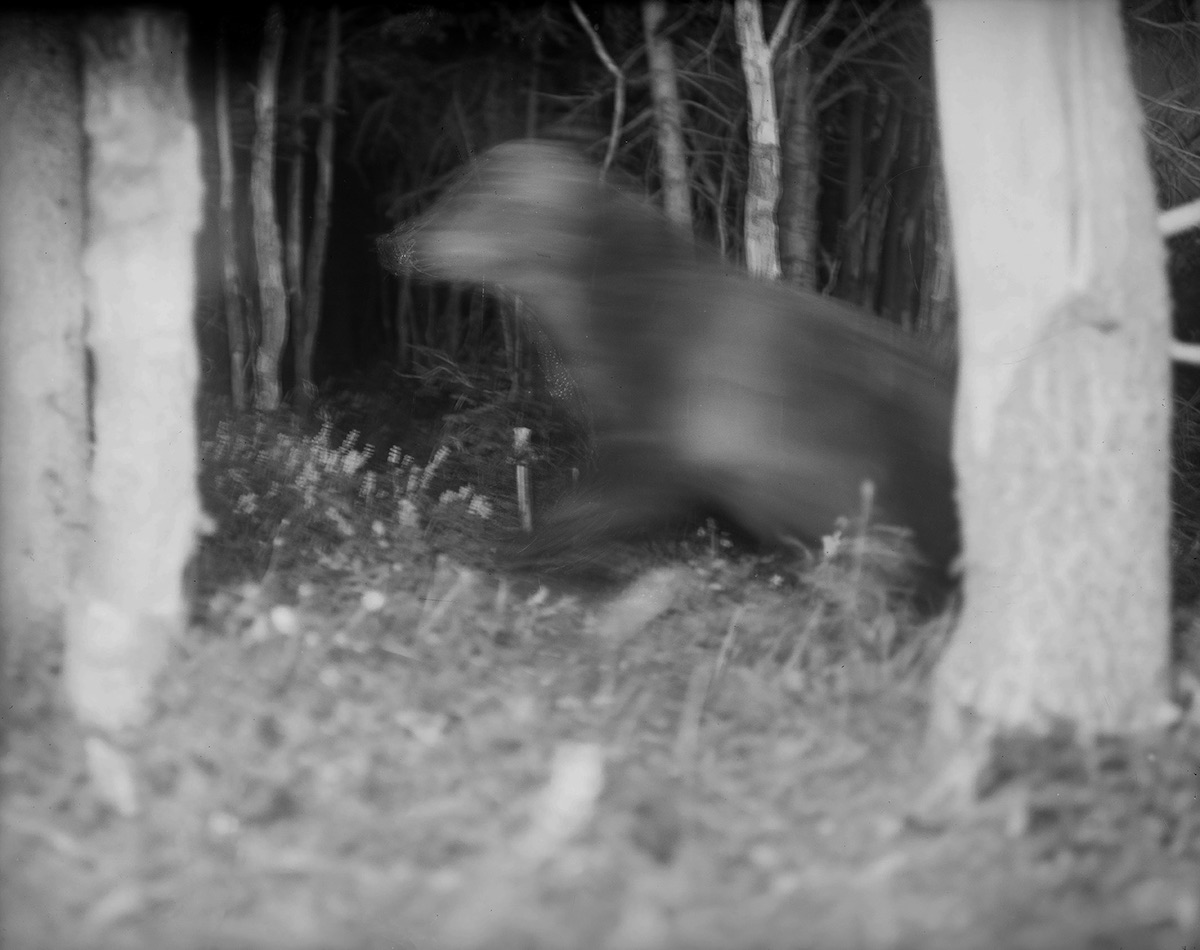
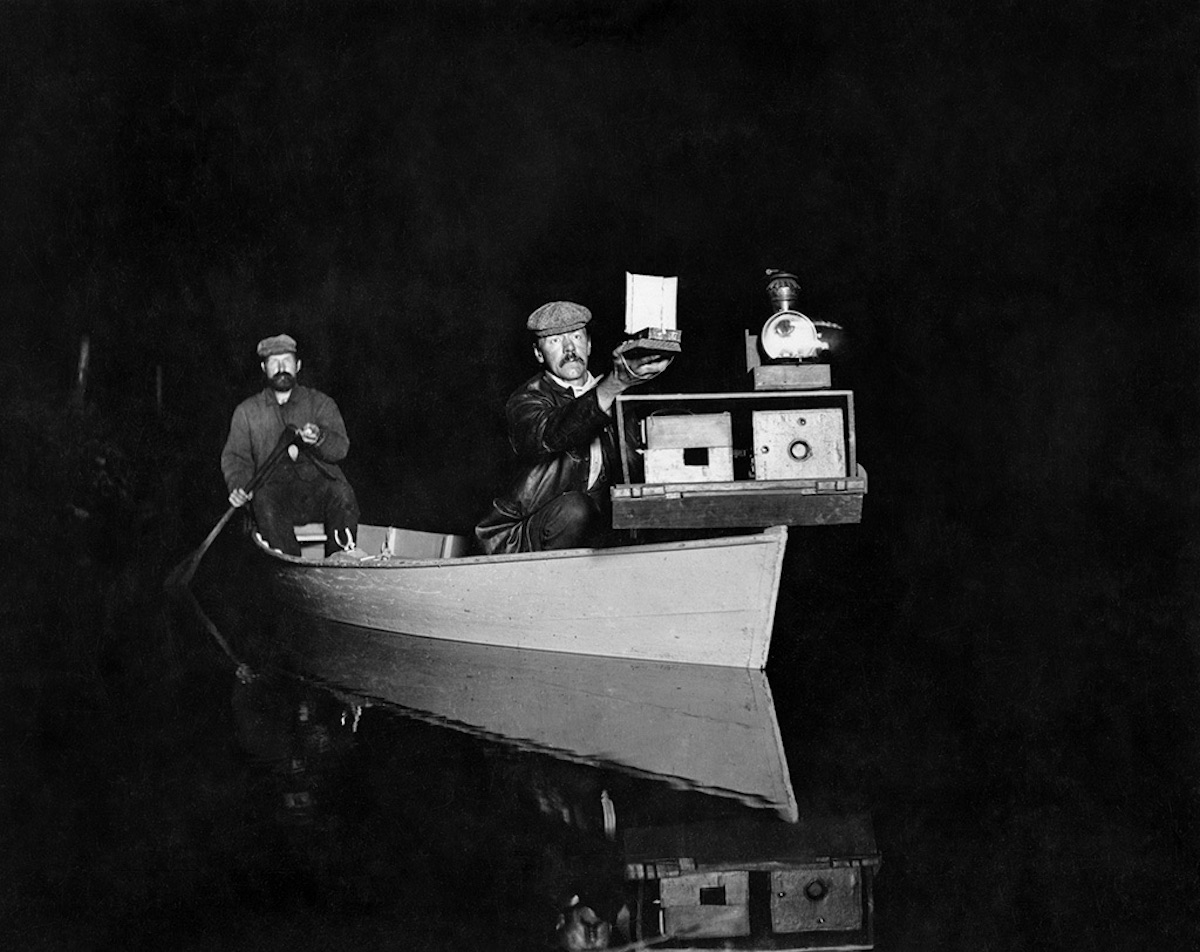
Via: Via: Carnegie, Musée de la Chasse et de la Nature in Paris, eVos Art Museum in Marquette, Michigan. See more in the publication In the Heart of the Dark Night.
Would you like to support Flashbak?
Please consider making a donation to our site. We don't want to rely on ads to bring you the best of visual culture. You can also support us by signing up to our Mailing List. And you can also follow us on Facebook, Instagram and Twitter. For great art and culture delivered to your door, visit our shop.









